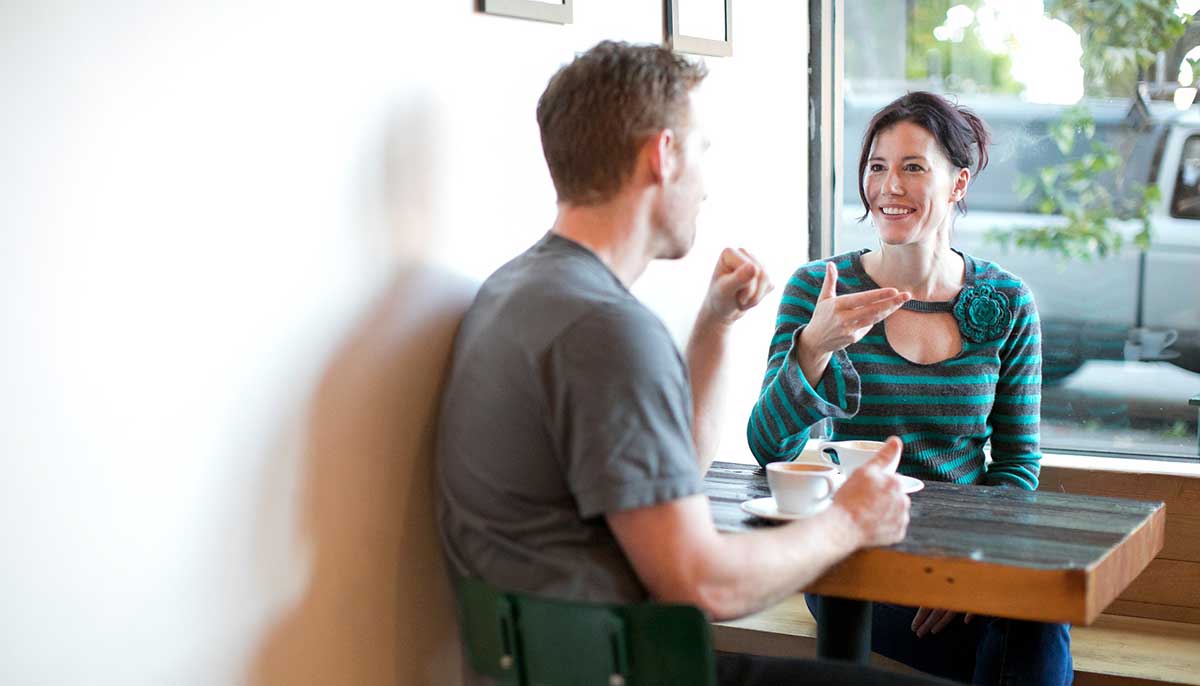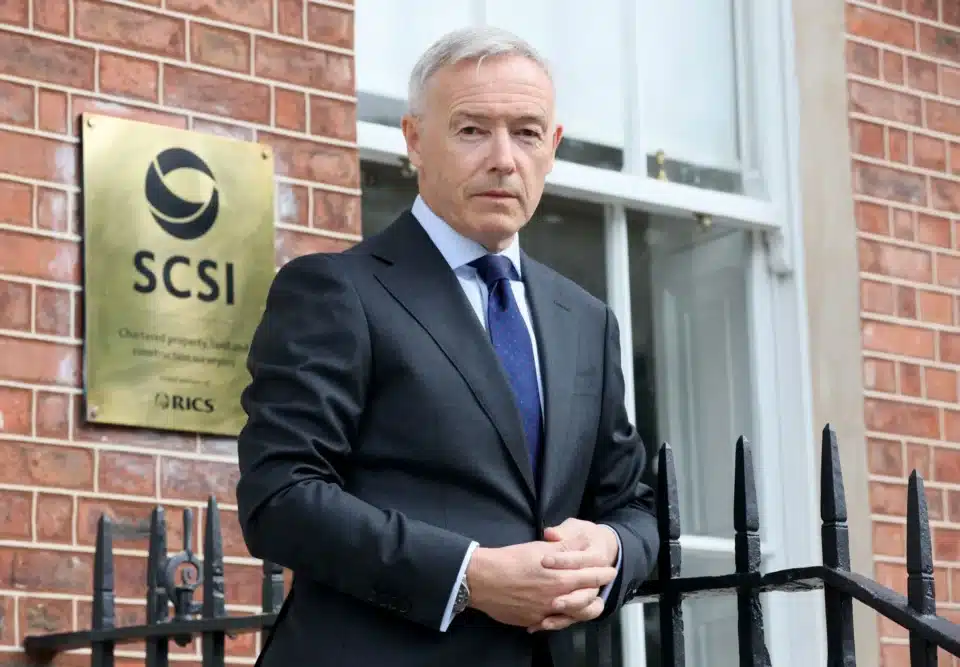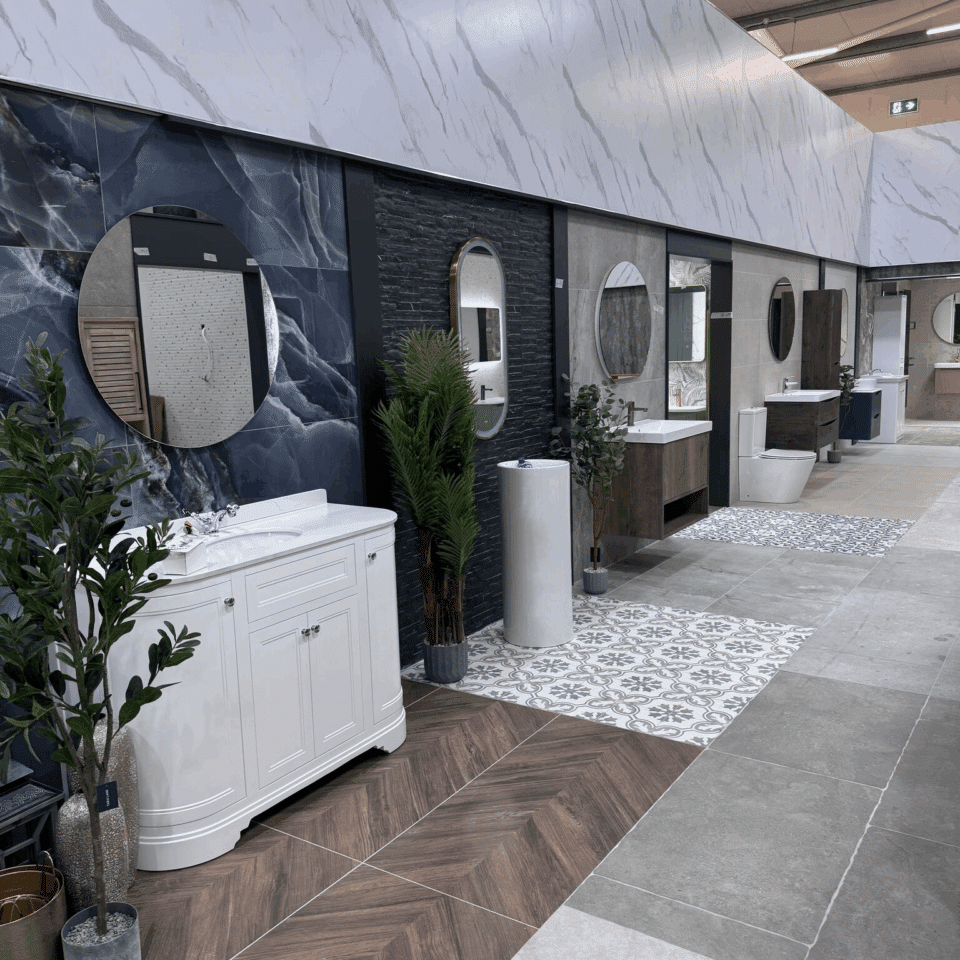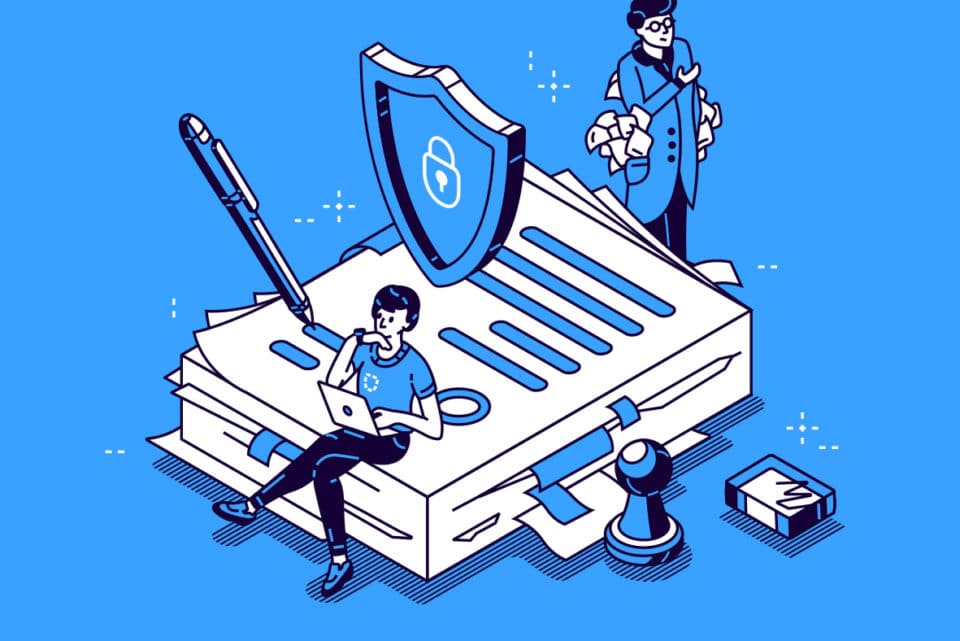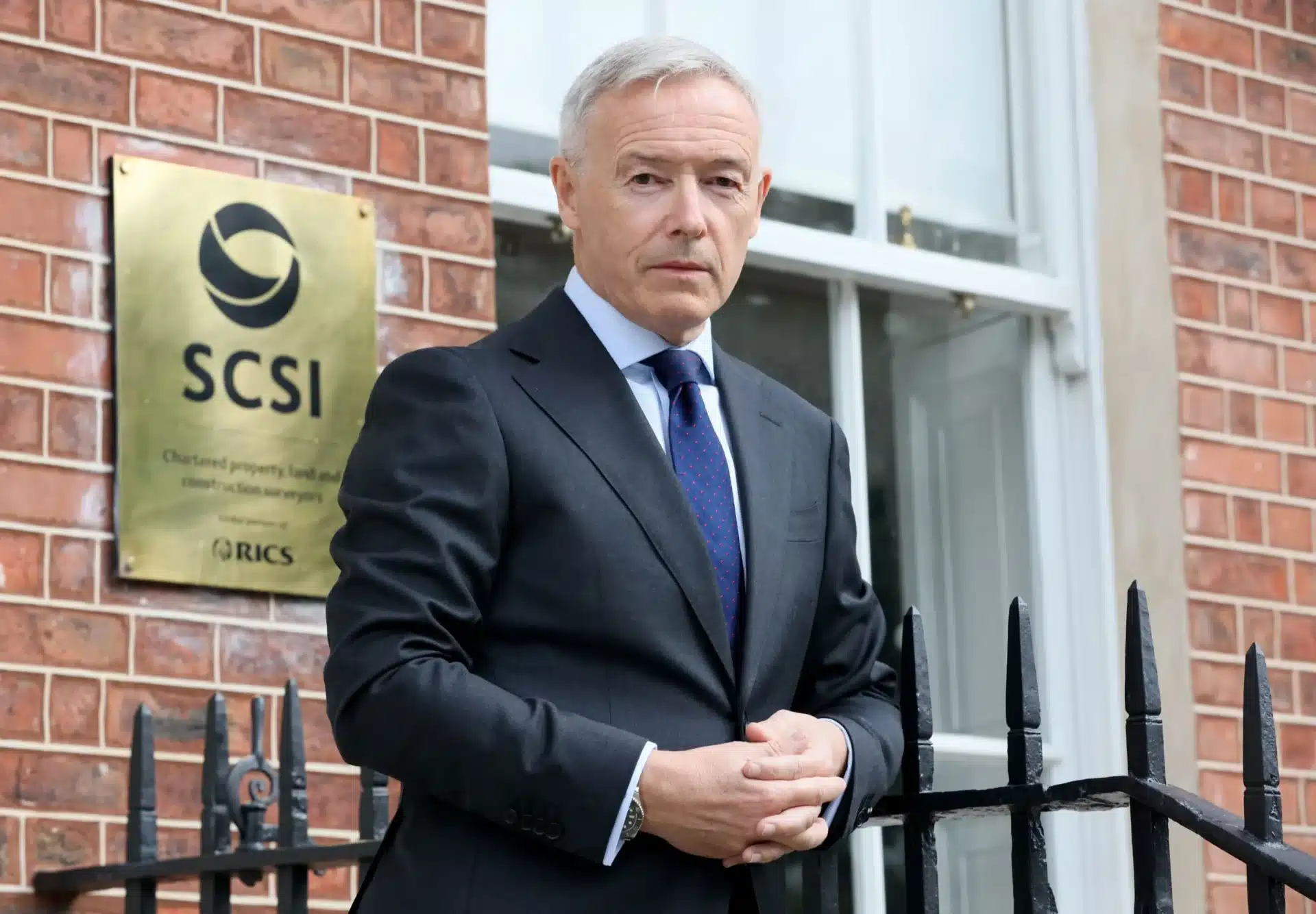Before you even go to meet the designer you hope might be The One, there’s some essential homework you’ll need to do so you can get the most out of the meeting and then, eventually, make a good choice. With your list of expectations of what you’d like your designer to offer (see previous article) it’s now time to sit down and consider what you’re actually going to talk about when you get to meet him or her.
For this, you’ll have to have done some careful thinking and quite a lot of homework. Without this preparation you’ll waste both your time and the designer’s and get off to a bad start. Some
people like to take along clippings from magazines or photos on a computer or phone to show the sort of thing they have in mind.
Things you’ll need to have given careful thought to include:
- What you want. This may not be the same as what you need. Have you thought through the difference?
- How will the new house reflect your lifestyle?
- What sort of place do you live in now?
- How will your new home differ from this?
- Do you have strong views on what you are trying to achieve?
- Rank the importance of having an easy-to-maintain home, one with green credentials and one that’s future-proofed (designed for old age or life changing events)
- Have you ever done anything like this before?
- What is your budget? On what does this depend?
- Who will make the decisions in your family?
- Who will liaise with the designer?
- Are you thinking of a self-build or of supervising a contractor to do the work?
- What do you want your designer mainly to do?
- How much time will you be likely to have to devote to the project?
‘Remember that building a house is a craft, not an intellectual game.’
The One
Trying to find the right designer for your project is rather like dating. You’ll need to make some life-changing decisions pretty quickly and think on your feet as the initial meeting progresses. It’s best, if you can, to go with a partner or helper, so you can later pool your thoughts and observations. It can be a lot to take in at one meeting.
Perhaps the most important thing to remember is that this meeting is every bit as much the designer interviewing you, as it is about you deciding on whether he or she is right for you. The very best way of finding a possible ‘good date’ is personal recommendation. If you trust the person making the recommendation, then you’re much more likely to get over any initial hurdles when you yourself meet the proposed designer.
You won’t be starting entirely from scratch. The most important thing to decide is whether or not they seem to be the sort of individual you can trust. Putting so much money and emotion into any relationship tests trust but if you’re also working in a field that’s unfamiliar to you, trusting your designer can be the most important feature of the whole project.
On a practical note it’s important to raise the issue of what he or she has done before. They should be happy so show you examples and, of course, be prepared for you to meet previous clients. Any good designer will furnish you with their CV. Take this home and read it carefully. Are they really right for your particular job?
Personality match
Over your time working together – which could be a year or more – you’ll have endless decisions to make and numerous sources of conflict and confusion. What sort of personality do you have? Will you, at such times, be prepared to hand over to the pro and say, ‘You do this all the time, just do what you think is best’? Or will you be ready to dispute a decision in an effort to retain control over the smallest details?
A good designer will, on first meeting, ask you a lot of questions. He or she will be trying to get a feel for you and what it’ll be like working with you. Have you done enough homework to make this meeting sensible? This will teach him or her a lot about how you’ll tackle the whole project. This get-together could also help you decide whether you actually need a fullservice
architect, or whether some other sort of design professional would be more suitable.
As you talk, see how he or she listens to you. Are they empathic, or ego-centred? You don’t want to make the wrong choice but neither do they want ‘the client from hell’. Ask the designer what they find is their worst type of experience with their clients. This is very instructive as it’ll teach you about what they can or cannot tolerate. If these issues could be a problem for you – knowing your own personality as you do – then it might be best to bow out.
How do you deal with crises? There’ll probably be several of them and it makes sense to choose someone who you think will be an ally rather than exacerbate things by reacting in the same way you do. Think about any previous bad experiences you’ve had with building and builders. Talk these through with the designer. What insights can he or she bring that could assure you matters will be better handled by them?
Being upfront
Don’t be secretive. Be absolutely straight about how much money you have. This is where many people go wrong at such meetings. They want, whether consciously or unwittingly, to impress and so over-estimate how much money will be available. Watch how the designer deals with this. You will almost certainly have dreams that are way above your budget. Everyone does. How does he or she manage these expectations? Whatever they do now will need to be done time and again later in the project. This is also a good time to address the contingency issue. This may mean scaling back on the original budget to make room for this financial safety net but will mean you are less likely to fall out with your designer later when the money runs out.
Most people at this first meeting haven’t really sorted out their needs from their wants. A good designer will start on this journey at the first meeting. See how they handle this tricky topic. Your designer will want their own needs to be met too. Once he or she gets started they’ll see your new home as ‘their’ project. All kinds of other professionals will feel it is ‘their’ project, as well.
When choosing someone to work with this intimately on something of such importance to you, think about how happy you’ll be to share its ownership. Remember that building a house is a craft, not an intellectual game. It involves the skill and care of many people all working together. Many of these people are not intellectual but skilled individuals with a wealth of practical experience. Discuss this with proposed designers and see what they think about this. It might give you an indication as to whether they see your home as an ego trip to add to their portfolio or a craft-centred project.
Testing the relationship
But even if you get on really well at your first meeting, with the best will in the world it’s near-impossible to be certain how things will go in the future. As with any relationship, you’ll be testing one another from time to time and will need to listen empathically to one another’s point of view.
No designer will pretend to know everything about everything but the truth is that they’ll know vastly more than you do. This needs to be honestly addressed in the way you deal with them. Some of the worst situations with clients occur when they second-guess their professionals the whole time.
This cripples the way they can work, reduces trust and makes for expensive and delayed buildings. Just how many potential designers you decide to see will be up to you but you’ll probably get better at choosing as you meet different ones. In fairness you, too, will probably become a more discerning and realistic client in the process.


